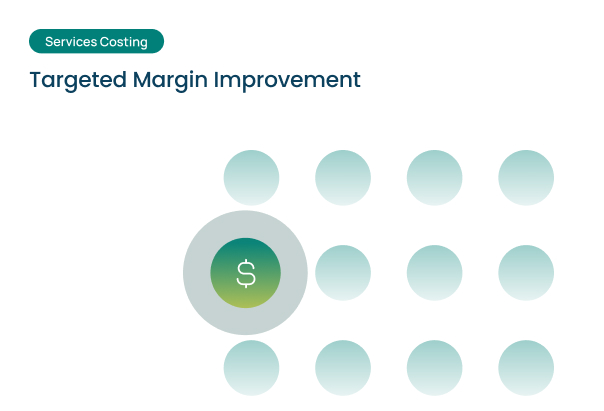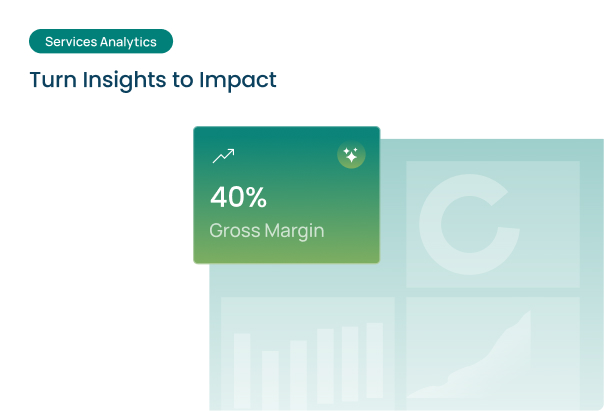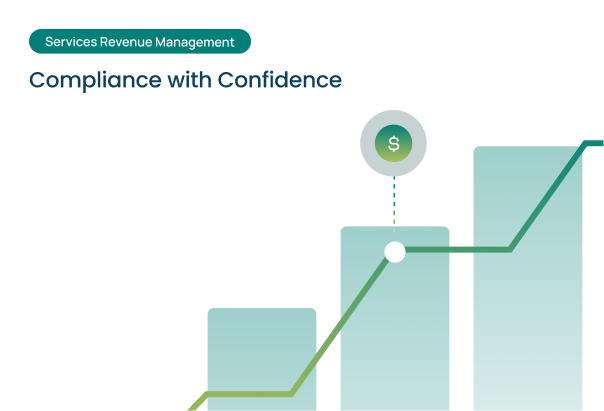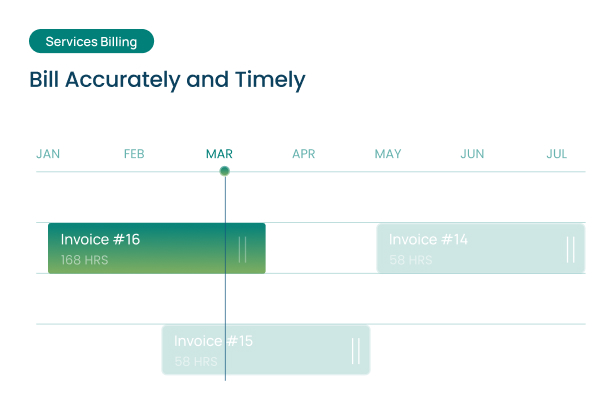



Every service founder is stuck in the same dilemma — they know their employees hate filling timesheets, which often leads to inaccuracies and delays. At the same time, they continue to rely on timesheets to bill their customers instead of adopting value-based pricing.
In the modern AI-driven era, tech service firms aiming to cultivate value-centric culture should reconsider traditional time-tracking practices. Rigid time tracking can suffocate creativity and innovation by failing to incentivize the team to deliver truly transformative solutions.
Let’s delve into how they’re actually holding back on the growth of services firms
The billable hour model became widely adopted in the legal industry in the mid-20th century. Before this, lawyers typically charged clients using a variety of methods, including fixed fees or contingency fees depending on the case outcome. However, the popularity of the billable hour model surged in subsequent decades, influenced by management consultants advising law and accounting firms to boost efficiency and profits.
The industrial revolution marked significant technological advancements and made time tracking crucial, as productivity was measured by hours worked in labor-intensive tasks. As the work was mechanical, the only way to grow was to do more of it. In the 1980s, the technology services industry also adopted timesheets to track billable hours, a fitting solution at the time.
However, as the technology has evolved, the limitations of this antiquated practice have become increasingly apparent, hindering growth and stifling innovation.
Charging customers by the hour means the longer you work, the more you can charge. This method suits professionals like lawyers and accountants who primarily sell their time. However, technology services firms, which produce designs or other tangible results, could choose to charge based on the value of their work instead of the time spent. In reality, by using timesheets, they often undersell their value and lose potential revenue.
Unfortunately, switching to alternate billing models such as fixed fee or outcome-based is not straightforward, even for IT and consulting firms. It is challenging to determine the value or estimate the work needed, in advance due to many complexities. It also becomes critical to avoid scope creep. So, we often take the easy path to commoditize our work by equating it to time as it’s simpler to measure and bill. It also seems fairer for clients.
To that effect, in practice, timesheets are primarily used for two purposes:
Let’s understand the reality of both scenarios.
The time it takes to complete any task varies widely due to factors like employee skills, experience, and efficiency. Timesheets focus on the time spent rather than accurately reflecting the value provided to clients. This myopic approach can lead to a mismatch between the time billed and the value delivered, potentially affecting client satisfaction. It becomes a moot point as companies continue to charge clients the standard 40 hours a week. Companies will not bill less, and most clients will not accept more.
Additionally, setting hourly rates is highly subjective as companies typically align their rates with competitors rather than basing them on the actual value of their services.
Timesheets also do not provide a comprehensive view of employee performance. They are not an effective productivity management tool. If employees need to spend 40 hours a week, they will figure out a way to occupy those hours. They merely measure the duration of work, neglecting crucial factors such as the quality of work, client satisfaction, or the degree of project completion.
Another drawback of timesheets is their inability to accommodate productized services. In a world where agility and scalability are key drivers of success, timesheets prevent organizations from efficiently packaging and offering their services as standardized products. This rigidity hinders growth, stifles innovation, and limits the potential for service providers to expand their reach and revenue streams.
Eliminating the timesheets can seem like a formidable, impossible task. However, at my previous services startup, I have personally experienced how reducing timesheet dependencies, limiting them to specific scenarios, can result in happier employees and higher revenue. The transition was challenging, but well worth the results.
By ditching timesheets, you can liberate your employees from the time-consuming burden of filling out timecards, allowing them to channel their energy into more productive endeavors. This simple act opens up innovative opportunities for billing your customers and paves the way for profitable growth
Unfortunately, for management, convincing clients to adopt new billing methods while implementing internal changes is a daunting task. It strains resources and disrupts established processes. In many instances, clients still ask for timesheets because they provide a perceived sense of control over billable hours, despite their inaccuracies.
Here is the ideal approach that help services companies to measure productivity and maximize profitability while delivering top-notch solutions to their clients:
Value-based pricing is a strategic approach to charge your services based on its perceived value to the client, instead of simply billing by the hour, or cost-plus pricing. Few examples are fixed fees, managed projects, or outcome-based engagements. These billing models are built on the principles of the value, not just the time spent. You’ll need to sharpen your project scoping and estimation skills to avoid any future scope creep, but you’ll also have the opportunity for healthier profit margins and happier customers and employees.
With fixed fees, you quote a project price upfront for a given scope. Outcome-based pricing means you charge for achieving specific results for the client such as number of tickets resolved or lines of code delivered. Both approaches shift the focus from tracking hours to delivering solutions that truly meet the client’s needs.
There are risks, like projects taking longer than expected. But you’ll be motivated to work efficiently and manage scope carefully. And when you succeed, you get paid for the value, not just the hours.
If forced to still deal with timesheets by a few customers, use a hybrid approach: Leverage a platform that is not dependent on timesheets for billing the customers, but still provides flexibility to automate the timesheet process in given scenarios. SuccessPro is the world’s first vertical SaaS platform for tech-first service companies that eliminates the spreadsheets & timesheet-dependency. It replaces them with a customer PO and effort-centric solution that breaks down barriers between sales, delivery, and finance departments.
As the service industry continues to evolve, it is necessary for businesses to break free from the shackles of timesheets. The time has come to bid farewell to the timesheet trap and embrace a more dynamic, client-centric approach to service delivery.
Does this problem sound familiar to you? If so, I’d love to hear more about your specific situation, and share our solution with you.